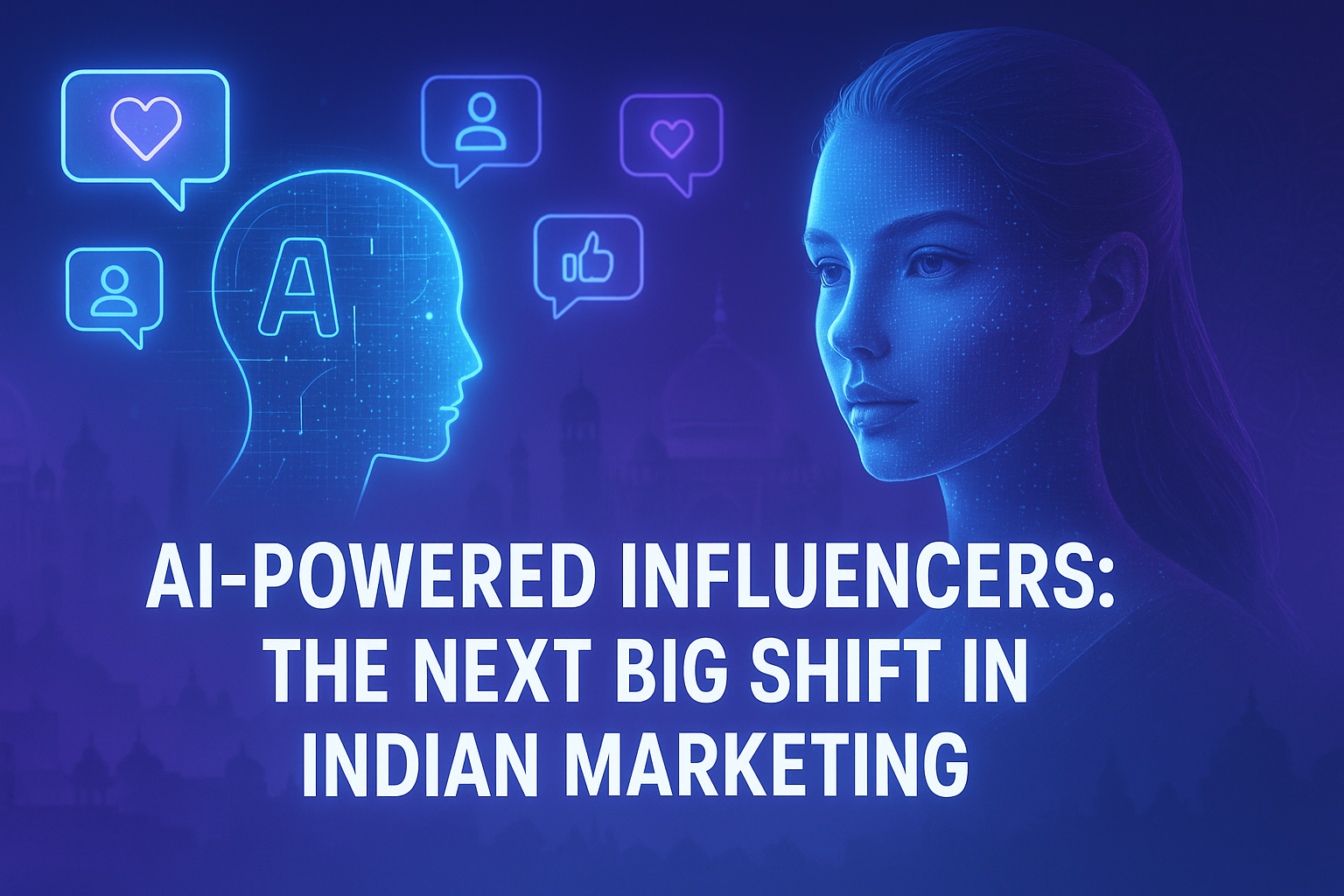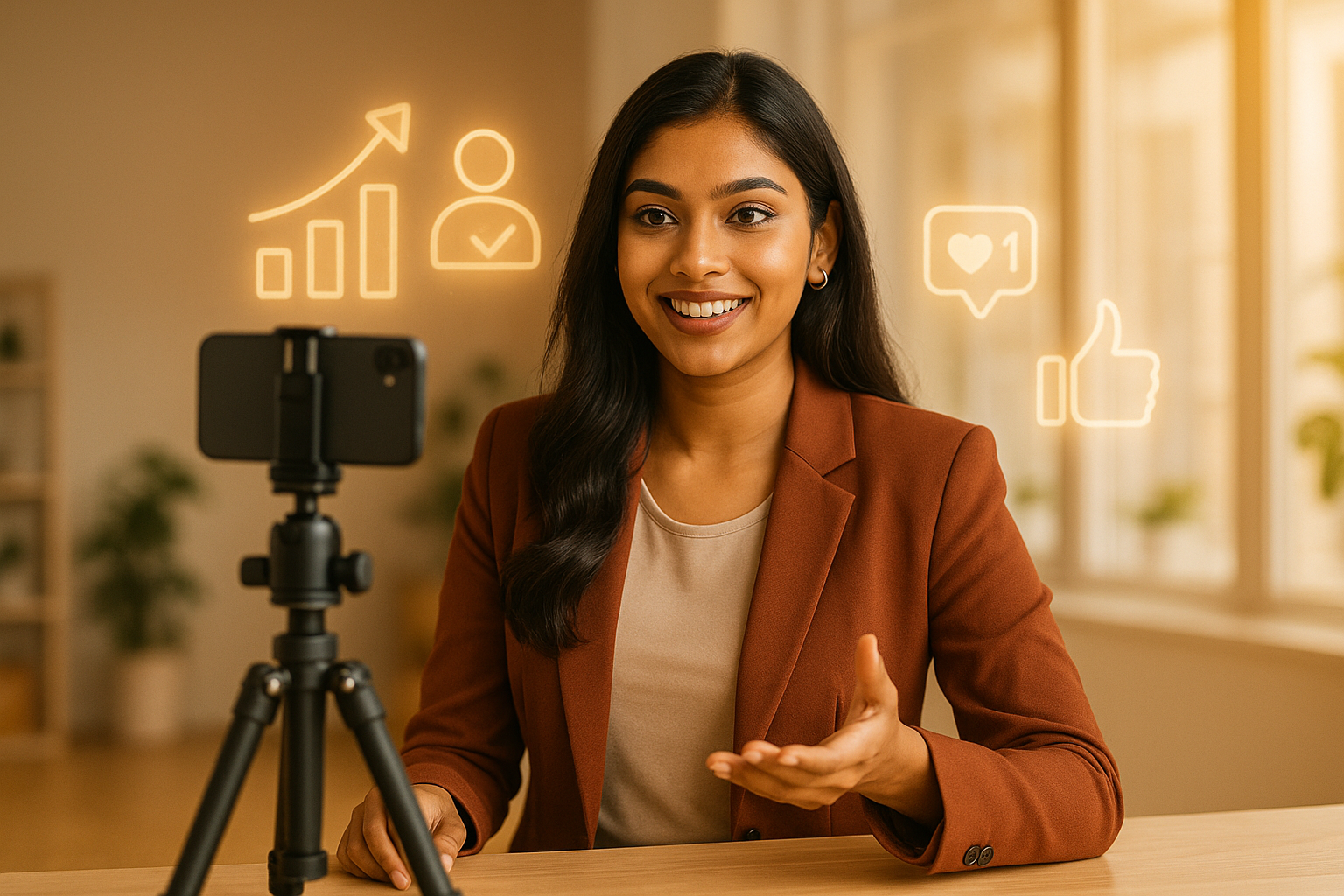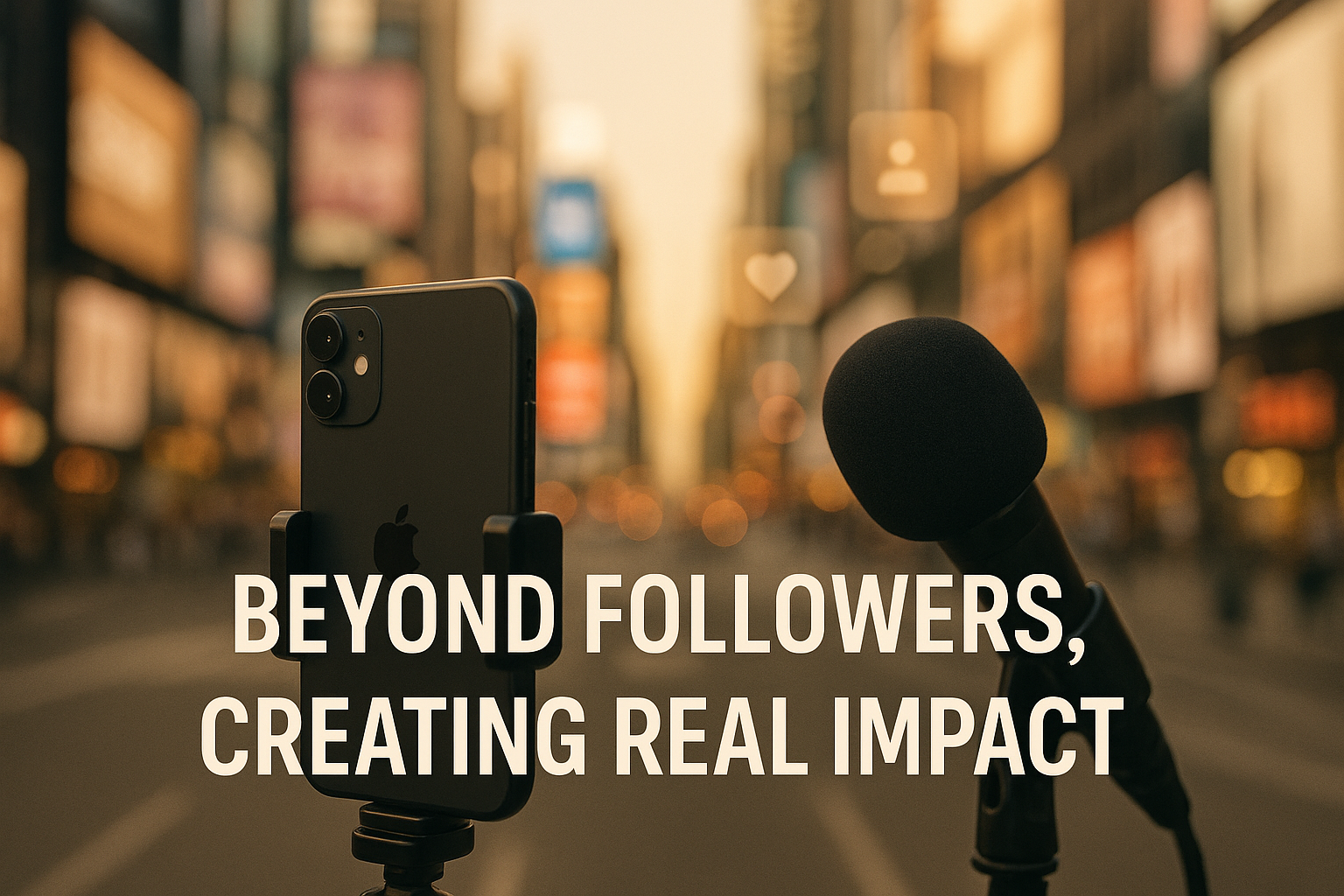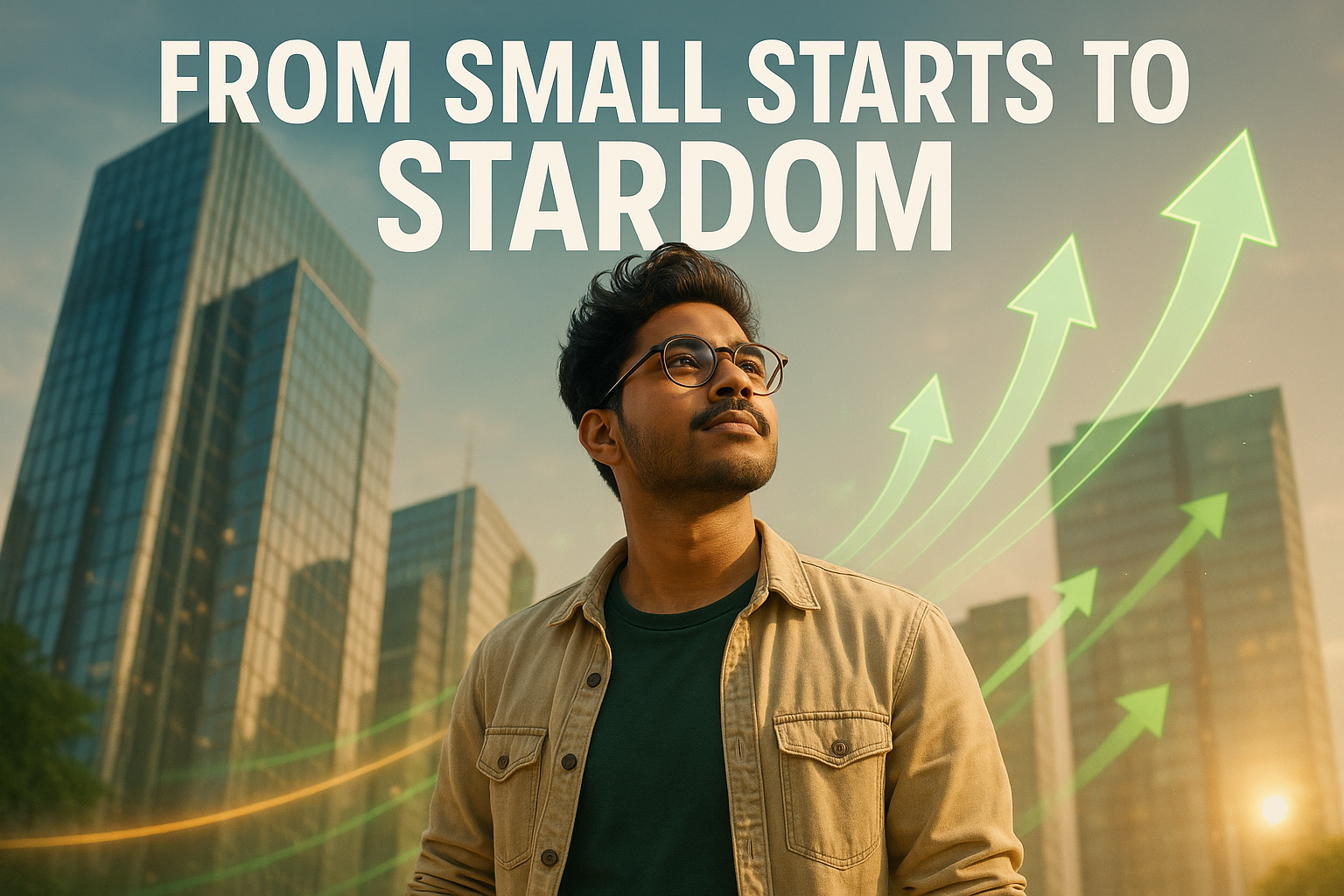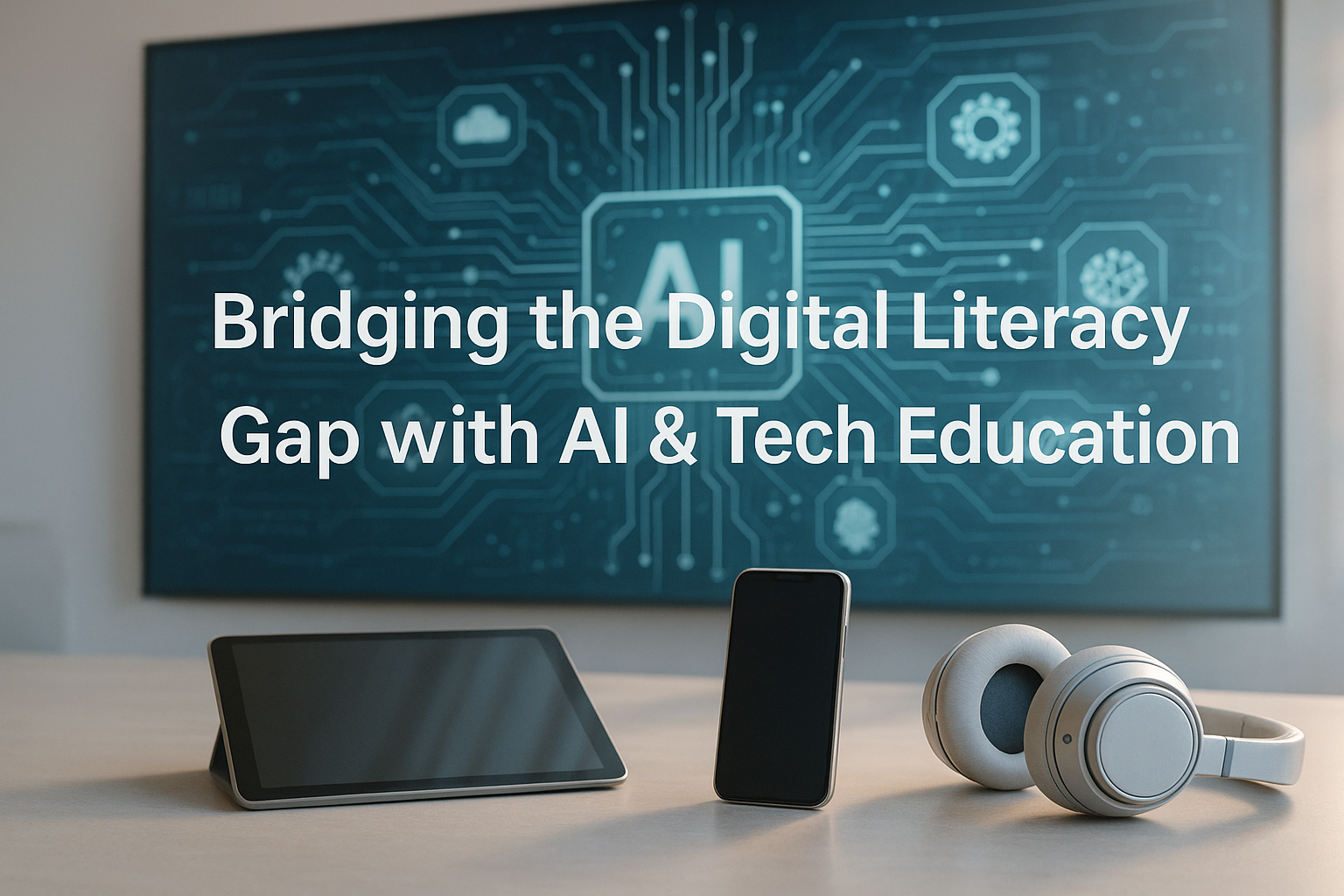The influencer marketing space in India has exploded over the past few years from fashion creators and travel vloggers to fitness coaches and finance experts. But there’s a new kind of influencer in town, one that’s not human at all. Yes, we’re talking about AI-powered influencers digital avatars driven by artificial intelligence that are redefining the future of social media engagement and brand storytelling.
So, what exactly are AI influencers, and why are Indian brands beginning to take notice? Let’s dive into how this futuristic trend is reshaping influencer marketing in India.
What Are AI-Powered Influencers?
Imagine following someone on Instagram who looks human, talks like a human, interacts with followers, but doesn’t actually exist in real life. That’s an AI influencer. These are computer-generated personalities powered by advanced AI models capable of understanding language, creating posts, and even collaborating with brands all without a physical presence.
Globally, AI influencers like Lil Miquela, Imma, and Noonoouri have already amassed millions of followers. Now, India is catching up fast, with homegrown virtual creators emerging across fashion, tech, and lifestyle niches.
Why Are AI Influencers Gaining Popularity in India?
India’s influencer industry is massive valued at over ₹1,800 crore in 2025 and projected to keep growing. But with growth comes saturation. Many brands struggle to find influencers who truly stand out or maintain consistent professionalism. That’s where AI-powered influencers offer a compelling alternative.
Here’s why Indian brands are increasingly drawn to them:
1. 24/7 Availability and Consistency
AI influencers never get tired, take breaks, or go offline. They can create and post content anytime, across multiple platforms, ensuring consistent brand visibility without human limitations.
2. Complete Brand Control
Brands can control every aspect of an AI influencer from their personality, wardrobe, and tone of voice to the kind of posts they make. This eliminates unpredictability and maintains brand alignment.
3. Cost-Effective Over Time
While developing an AI influencer requires an upfront investment, long-term costs are often lower than paying multiple human creators. Plus, these digital personalities can work across campaigns indefinitely without burnout.
4. Data-Driven Storytelling
AI influencers can analyze real-time engagement data to tailor their content for better results. They can instantly adapt their tone or visuals to what their audience likes best something human influencers can’t easily replicate.
AI Influencers in the Indian Market
India has always been quick to adopt digital trends, and AI influencers are no exception. Several Indian startups and creative agencies have started experimenting with AI-driven digital personalities to engage younger audiences.
Kyra: India’s First Virtual Influencer
Meet Kyra, India’s first AI-powered influencer created by TopSocial India. With over 250K followers on Instagram, Kyra posts about fashion, travel, and luxury lifestyles. Her lifelike visuals and storytelling make her almost indistinguishable from real influencers and she’s already collaborated with global brands like Ralph Lauren and Amazon Prime Video.
RAI: The Tech-Savvy Influencer
Another example is RAI, a digital avatar focusing on tech and innovation. She educates her followers about artificial intelligence, gadgets, and future trends bridging the gap between technology and lifestyle in a relatable way.
The Rise of Niche AI Influencers
Beyond fashion and tech, niche AI creators are emerging in areas like fitness, sustainability, and financial literacy. For example, imagine an AI wellness coach that gives daily mental health tips or a finance avatar simplifying investment advice that’s the direction we’re heading toward.
How AI Influencers Are Changing Brand Collaborations
AI influencers are transforming how brands plan and execute marketing campaigns. Instead of relying on unpredictable human schedules or reputational risks, AI allows for flawless brand storytelling at scale.
Here’s how:
1. Tailored Campaign Messaging
AI models can analyze audience demographics and sentiment to personalize campaign messages. For example, if a brand wants to target Gen Z audiences in urban India, the AI influencer can adapt slang, tone, and style to connect authentically.
2. Perfect Brand Fit Every Time
Since AI influencers are programmable, brands can customize them to reflect their ideal persona whether elegant, youthful, or aspirational. This means fewer mismatched collaborations and higher campaign effectiveness.
3. Interactive Engagement Through AI Chatbots
Some AI influencers are now integrated with chatbot capabilities, allowing fans to talk to them directly. This two-way interaction builds deeper audience connection, something brands are eagerly leveraging for customer engagement.
Challenges of AI Influencers
Of course, the rise of AI influencers also brings a new set of challenges.
1. Ethical and Authenticity Concerns
One major concern is authenticity. Audiences follow influencers for their human touch emotions, experiences, and opinions. AI influencers, no matter how realistic, lack that genuine lived experience.
2. Transparency Issues
Many followers may not realize they’re interacting with a virtual persona. Without clear disclosure, it can lead to trust issues and potential backlash.
3. Creativity and Emotional Depth
While AI can generate creative content, it still struggles with emotional depth the kind that comes from real human stories. Brands need to balance AI efficiency with authentic storytelling to avoid seeming “too robotic.”
The Future of Influencer Marketing in India
The next phase of influencer marketing in India won’t replace humans it’ll combine human creativity with AI precision. Hybrid collaborations, where human influencers co-create with AI avatars, are already being tested globally and may soon become the norm here.
AI influencers will also expand into virtual events, metaverse campaigns, and personalized product recommendations, allowing brands to engage audiences in completely new ways.
In short, AI influencers aren’t a replacement; they’re a powerful evolution of digital storytelling.
How Brands Can Get Started with AI Influencers
If you’re a brand considering AI collaborations, here’s where to start:
- Partner with a specialized agency that creates or manages AI personalities.
- Define your influencer’s persona clearly from voice and tone to values and interests.
- Use data analytics to guide your AI influencer’s content strategy.
- Ensure transparency always disclose when an influencer is AI-generated.
- Blend AI with human storytelling to keep the content relatable and emotionally engaging.
Conclusion
The rise of AI-powered influencers in India signals a fascinating shift in digital marketing. Brands now have the tools to create hyper-personalized, always-available, and perfectly aligned brand ambassadors all powered by artificial intelligence.
While challenges around authenticity and ethics remain, one thing is clear: AI influencers are here to stay. They represent the next wave of influencer marketing one where creativity meets technology, and engagement becomes limitless.
FAQs
1. What is an AI influencer?
An AI influencer is a virtual persona created using artificial intelligence and CGI. They act like real influencers by posting, engaging, and collaborating with brands online.
2. Are AI influencers popular in India?
Yes, India is witnessing rapid adoption of AI influencers like Kyra and RAI, who have already partnered with major brands and built massive online followings.
3. Do AI influencers replace human creators?
Not really. AI influencers complement human creators, offering consistency and control, while human influencers bring authenticity and emotion.
4. How can brands collaborate with AI influencers?
Brands can partner with agencies that design AI avatars or use in-house tools to create virtual personalities that represent their brand story.
5. What’s the biggest challenge for AI influencers?
The biggest challenges include maintaining transparency, building emotional authenticity, and ensuring audiences know they’re engaging with an AI-driven persona.
